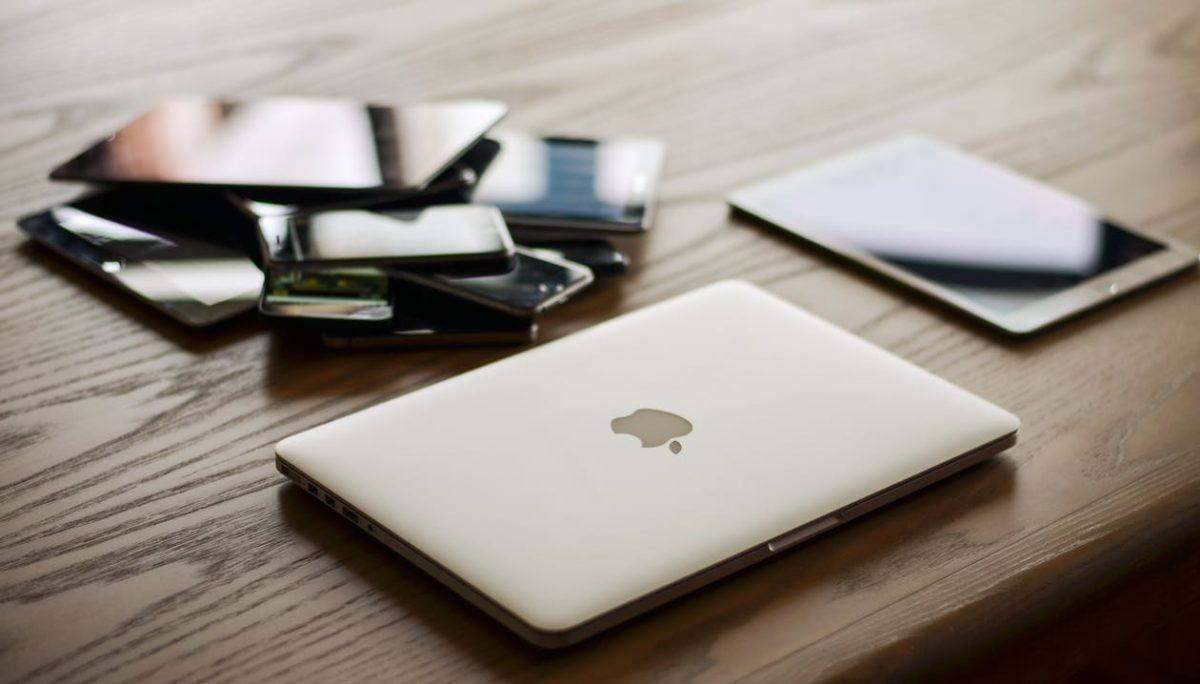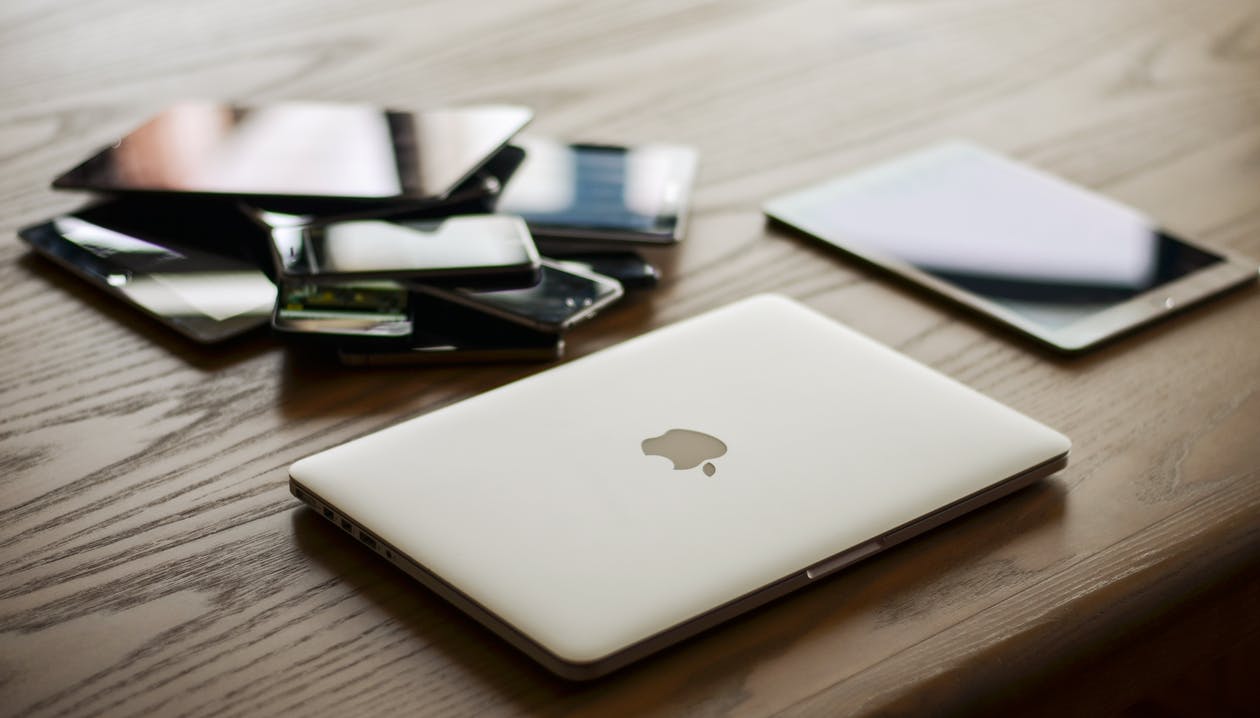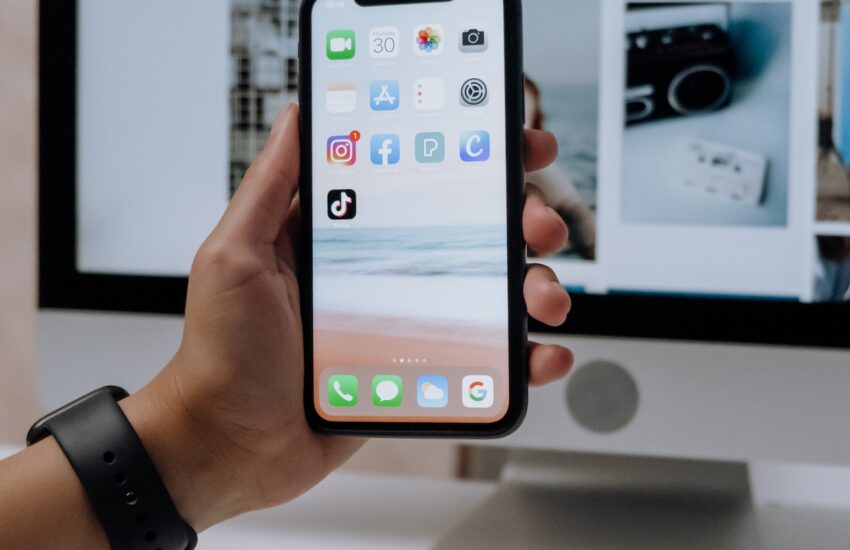How to Protect All Your Devices Inside and Out
 The iPhone X starts at $1,000 and goes up from there. Add tax, and you have a real computing investment. The budget options float between $700 – $800. Ouch!
The iPhone X starts at $1,000 and goes up from there. Add tax, and you have a real computing investment. The budget options float between $700 – $800. Ouch!
The real budget option seems to be tablets. Apple introduced a revamped iPad for last year’s price of $329. Microsoft just responded with a smaller model of their Surface line called the Surface Go starting at $399.
Don’t be deceived. By the time you add all the necessary accessories such as a keyboard, stylus, and enough ram and storage to run the thing, you are into traditional computer pricing territory.
There is no such thing as a disposable device. You have to entrust even the cheapest device with your most sensitive data. They are important regardless of how seldom you use them. And you have to protect them inside and out if you are going to get anything at all from your technology investment. Here are a few suggestions for how to keep all your devices safe, at any price range:
Put a Case on Everything
iPhone 8 plus cases by BodyGuardz and other makers are the obvious first accessory purchase you make after buying an $800 smartphone. It can cost you over $500 for an iPhone 8 repair. That rear glass and charging coil is expensive to replace.
What is not so obvious is that your other devices also need cases for protection. Your laptop only has to hit the floor one time before you start appreciating the utility of a good case. There is not a Mac in existence that does not have a good third-party case made specifically for it. This is also true of some laptops on the PC side.
Your tablet also needs a case. It is in your hand like a smartphone, but much more difficult to hold. Cases protect more than the back chassis. It provides shock absorption for the internals. Most devices can survive a drop while in a case. The same cannot be said for devices not so well adorned.
Scan for Viruses and Malware
No one thinks they have a virus. Everyone else? Now that’s a different story. Budget PCs and some high-end models have been known to ship with rootkits right out of the box. Before you pick up that HP, Dell, or Lenovo from the store, those companies have already sold part of that computer to advertisers. You are fighting malware before you have a chance to get a malware scanner up and running.
The first step in protecting your devices from security threats is downloading a fresh copy of Windows 10 from Microsoft and doing a clean install. Second, load the best virus scanner you can find and put it to work 24/7/365.
For Android phones, it is a little harder to start with a clean install. But it is just as easy to find and install malware protection. As unfair as it seems, Macs and iOS devices still don’t benefit from virus protection software. But that means you have to do the kind of best practices that keep you safe from other kinds of threats that affect everyone.
Protect Your Passwords
The biggest threat you face on Macs and iOS devices is phishing attacks to steal your login credentials. The easiest way for a criminal to bypass the locks on your door is to knock and wait for you to open it. That is the essence of phishing attacks online. And there is no obvious way to identify them.
The bad guy sends you an email that looks like it is from Apple, or your bank, or from some other company with which you do business. They tell some story that convinces you to log into your account. And they provide you with a helpful link.
Never, ever click on that link. If you are afraid that something dire is going to happen, go to that website from the URL you type in yourself. You will find that your account is fine. The bad guys are offering you a link that they monitor. And when you put in your credentials, they have it.
Protect all your devices inside and out with cases, antivirus, and best practices. An extended warranty wouldn’t be a bad idea either, just in case.



Thanks for suggesting that how to save the devices inside and out.